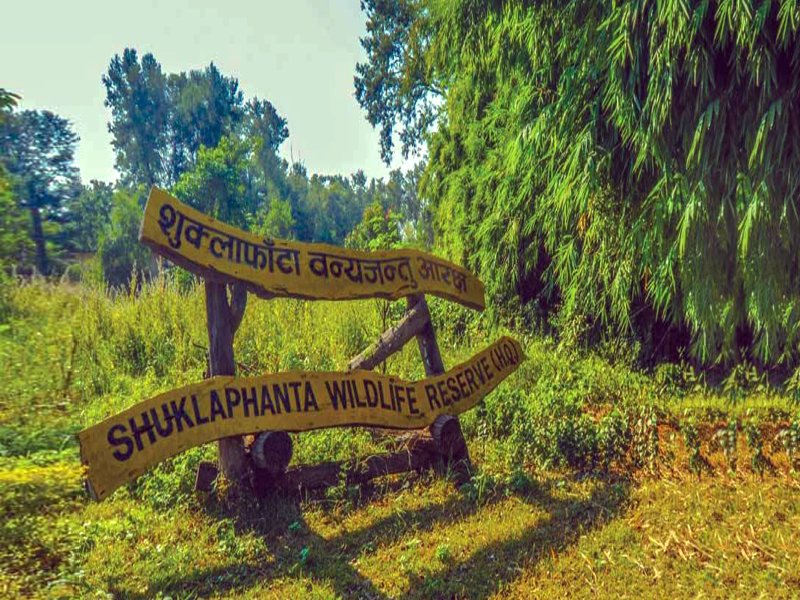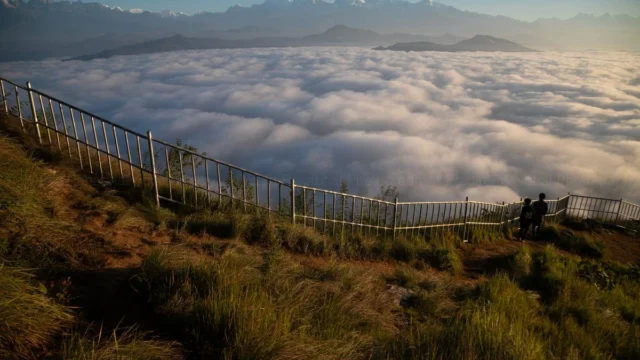Shuklaphanta National Park, nestled in the far-western region of Nepal, is a hidden gem for nature enthusiasts and adventure seekers. Spanning over 305 square kilometers, the park boasts an extraordinary variety of flora and fauna, making it a prime destination for ecotourism. Established in 1976 as a wildlife reserve and later upgraded to a national park in 2017, Shuklaphanta is renowned for its vast grasslands, known as phantas, and diverse wildlife, including the largest herd of swamp deer in Nepal. Visitors are often enchanted by the sight of Bengal tigers, one-horned rhinoceroses, and over 450 species of birds, making it a paradise for wildlife photographers and bird watchers.
Tourism in Shuklaphanta National Park offers an unparalleled experience of tranquility and natural beauty. The park’s serene lakes, such as Rani Tal, and dense forests provide perfect settings for nature walks and jungle safaris. Local communities have embraced eco-friendly tourism practices, offering homestays that allow visitors to experience traditional Tharu culture and cuisine. This symbiotic relationship between conservation and tourism has not only boosted the local economy but also raised awareness about the importance of preserving this pristine environment.
Shuklaphanta’s accessibility has improved with the development of infrastructure and transportation links, making it more convenient for tourists to explore this remote wilderness. The park is easily accessible via road from major cities like Dhangadhi and Mahendranagar, and nearby airports facilitate smoother travel for international visitors. As tourism in Shuklaphanta National Park continues to grow, it promises a sustainable and enriching experience for all who seek to immerse themselves in Nepal’s natural splendor and cultural heritage.






